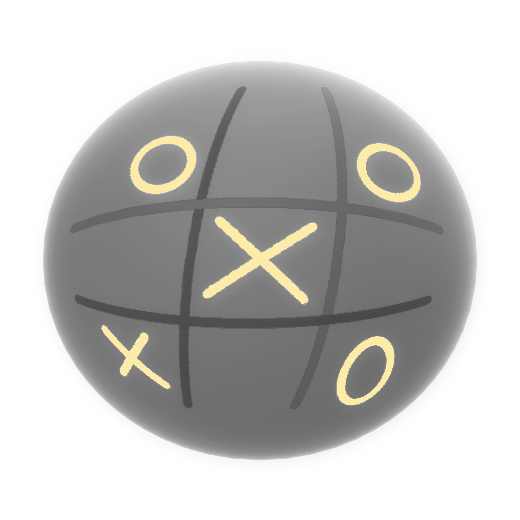Its text is structured as a teaching from Narayana (Purusha in Sun, Vishnu) to sage Yajnavalkya. The Niyamas Devotion to one's guru, love of true path, enjoyment of objects producing happiness, internal satisfaction, freedom from association, living in a retired place, the controlling of the manas, not longing after fruits of action, and a state of vairagya, all these constitute Niyamas. —Mandalabrahmana Upanishad The Yamas in Mandalabrahmana text are described as patience and tranquility under all circumstances no matter what, steadiness and non-swaying in one's mind, self-restraint from all cravings of senses, and the conquest over the extremes such as cold and heat, excess of or starving oneself of food or sleep. The right posture (asana) is one that is comfortable and one can maintain for a long time, states the text. The yogi may be dressed in rags or barks. In this posture, asserts the text, the yogi should practice Pranayama, that is proper Puraka (inhalation), Kumbhaka (holding the breath) and Recaka (exhalation) of 16, 64 and 32 matras (beats). Pratyahara, the Upanishad defines as restraining the mind from being driven by the sensory objects. Dhyana is contemplating the oneness of consciousness in all, asserts the text. Dharana, states the text, is singular focus of consciousness. Samadhi is the state where one forgets oneself and is in complete absorption within. These are the eight limbs, which empowers one to achieve mukti (liberation), asserts Mandalabrahmana Upanishad. The yogi's untrained body starts with five inherent defects, namely anger, fear, improper exhalation, spiritual-sleep and lust. These defects, asserts the text, can be removed by kshama (forgiveness), non-carelessness with removal of dual notions, moderation in food, devotion to finding the truth, and sankalpa (conviction against craving). Taraka, literally "to cross", asserts the text, is achieved by a yogi when he realizes Brahman which is satchitananda (existence-consciousness-bliss), who is His guru. This is achieved by introspection, states Mandalabrahmana, and it is of three types – internal introspection, external introspection and intermediate introspection. The three introspections are defined and described by the text in Tantra terminology in sections 1.2 and 1.3. Dhyana Dhyana is the contemplation of the unity of consciousness, within all. —Mandalabrahmana Upanishad 1.1.9 In section 1.3, the text states that Taraka is of two types, Murti-taraka and Amurti-taraka. The former is that which relies on external perception, the latter relies on inner meditative process. The goal of internal introspection is to realize the Purusha Brahman within oneself, and all of which is only the Atman (soul) asserts the Upanishad. The inner light shows the universe. The external light shows others to be internal. In verse 2.2.4 and 2.2.5, the Upanishad states that the yogi must repudiate all external rituals, and substitute them with inner meditation, asserting that meditation in the pursuit of knowledge is the Amanaska (no outward perception) state and the worship of Brahman within oneself. This leads to Samadhi and the knowledge of Brahman, asserts the text. The book three of the Mandalabrahmana describes the non-mindedness. It defines the non-mindedness as turning away from one's orientation from the worldly to the spiritual. This unmani state, it asserts to be one where one understands the fullness of "Thou art I". The book four and five of the Upanishad are short, and discuss Raja yoga (meditation) with tantra woven in. In book 4 the Upanishad describes five forms of space (ether) as Akash, Parakash, Mahakash, Suryakas and Paramakash. The Akash space is of the nature of darkness, the Parakash states the text is of the nature of fire of the deluge, and the fire (radiance) is Mahakash. The Suryakash is space in the brightness of the sun, while the brightness combined with bliss is Paramakash. The Yogin who views the nature of space, this way, becomes all these natures.


 Shop Ventures NFT
Shop Ventures NFT